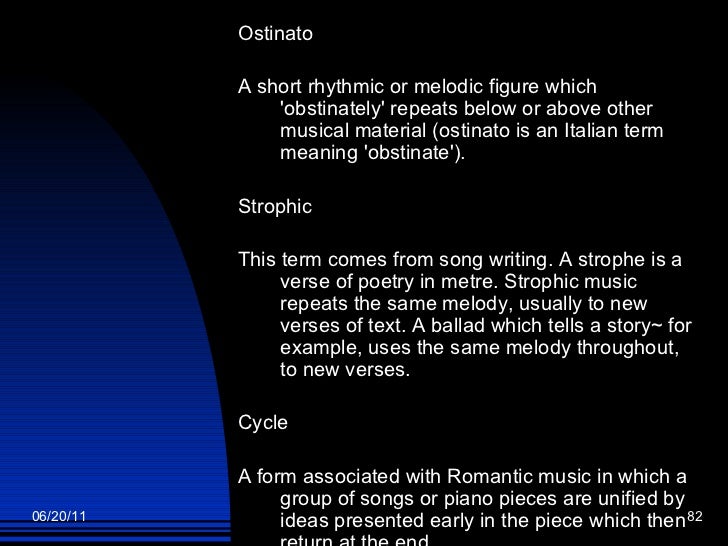

He then notes that the embellishments of the Kyrie eleison “presents a number of unique problems,” since there are at least three traditions: West Frankish, East Frankish, and south Italian. Looking at #2 and 3 from the above typology, Planchart calls our attention to: The Addition of Words to a Melody: Prosulas and Verses, citing prosulas to the Gradual and Tract prosulas to the Alleluia prosulas to the Offertory and its verses prosulas to the Responsories prosulas to the Sanctus and the Osanna prosulas to the _Regnum tuum solidum_. Clearly there was no systematic terminology for the genres in the Middle Ages, and not only are the labels applied inconsistently from source to source or even within one source, but there are numerous instances where examples of one or another of these genres occur with no label whatsoever.” These were labelled _tropus_, _versus_, or _laudes_, depending most of the time on the context. The addition of new text _and_ music to an existing chant, either as an introduction or as an interpolation. These were labeled _prosula_, _prosa_, _versus_, _verba_, or even _tropus_ in different sources and contexts. The addition of words to a pre-existing melody (usually a melisma). These were usually labeled _sequentia_ or _tropus_ (a Latinized Greek term subjected to various spellings) depending on the context. The addition of a melisma without additional text. (Of course since three Sundays out of four the pastor writes his own, I suspect my point is lost on the congregation).įorgive me for citing specialist literature, but the volume edited by Alejandro Enrique Planchart entitled _Embellishing the Liturgy: Tropes and Polyphony_ (Farnham, Surrey-Burlington, VT: Ashgate Publishing, 2009): “The basic typology of these additions is, at first glance, relatively simple. So I am deliberate in my decision that the penitential rite is a place where less variety is more.

Variety is the spice of life, but repetition is its meat and potatoes. All that new info is a lot to absorb in an hour on Sunday mornings. Every Sunday people sing different songs, pray along with different orations, and hear different readings. If you think about it, apart from what we used to call the “ordinary” of the Mass, a lot changes from week to week. I’d like to think that it’s not just laziness on my part that makes me limit my repertoire. when the pastor doesn’t provide invocations for me to use) I just use one of those in the book, usually choosing one that fits the season or the readings (in case you’ve never noticed, of the samples in the appendix, I fits Advent, II fits Christmas, III fits Lent, IV fits Easter, and V-VII lend themselves to a variety of uses). Our pastor always writes invocations (which I think is a better word for these than “tropes”) that fit with his homily. While liturgists often take a lot of time to prepare the prayers of the faithful, they seem to ignore the fact that Kyrie tropes can be composed.ĭoes your community create their own Kyrie tropes? What resources do they use? What are their guiding principles when composing new tropes? The rubrics even allow for the tropes of the Kyrie to be changed: “The Priest, or a Deacon or another minister, then says the following or other invocations with the Kyrie, eleison.” There is a footnote in the text that directs the reader to sample invocations found in Appendix VI of the Roman Missal. The GIRM says this about the Kyrie: “t is a chant by which the faithful acclaim the Lord and implore his mercy, it is usually executed by everyone…When the Kyrie is sung as a part of the Penitential Act, a ‘trope’ precedes each acclamation.” Since the Kyrie is expected to be sung or said by everyone, and since it is meant to be an invocation, it makes sense that this would be a place where the liturgy could be tailored to the needs of the community. The tropes of the Kyrie provide a unique opportunity for tailoring the liturgy to the concerns of the faithful. A reader recently wrote Pray Tell asking about Kyrie tropes.


 0 kommentar(er)
0 kommentar(er)
